You may have heard before that play is the work of children. But what does that mean? How can play possibly align with curriculum, meet standards, and help our students learn? The truth is: children learn best through play – it takes fewer repetitions to fully learn a new concept when it is learned through play and exploration. No wonder so many early childhood educators are realigning their focus to Play-Based Learning.
Play isn’t a break from learning. Quite the contrary, it’s a time where your little learners are developing skills that can’t be taught with worksheets. If you have been like Jack, all work and no play, and need some help with play-based learning, you’re in the right place!
Play-Based Learning – What Is It?
Play-based learning means that children are engaging in materials that are interesting to them, allowed to make choices in their environment, and using their own imagination to construct meaning with materials.
With play-based learning, the teacher still uses standards, but sets up an environment in which children have options for learning. Materials are at the child’s eye level, organized simply for easy clean up, and facilitate interactions. The child’s interest and engagement direct the learning.
Why Is Play-Based Learning Important?
We are our students’ first exposure to a school setting. We have a responsibility to create safety and enjoyment in the classroom, to set up a love of learning that will last far beyond early childhood. Play-based learning is step one.
When children are engaged in play, they are constructing meaning from their world. They are practicing new skills in a way that is meaningful to them, and they have the opportunity to experiment with different outcomes. For example, a child might notice, “I put the big block on top and my tower fell down. What if I put it on bottom this time?” That same child could sit through whole lesson on structurally sound towers and never make that connection – but through play (experiment and failure), she is able to come to the conclusion herself.
But How Do I Do It?
The first step of play-based learning is to use the classroom as the third teacher. (Parents are the first teacher; you are the second teacher.) Take a look at your room – is it set up for children to access materials or are your shelves storage for you? Can children move around freely and safely? It is crucial that the students feel some ownership of the space to encourage exploration.
Next, be ready to model play. In the block example above, perhaps the student hasn’t figured out why her tower is toppling. Then a teacher can sit down and build her own tower, putting the bigger block on top and letting the tower fall. The teacher models thinking aloud, “My tower fell down when I put this block on top. This block is big and heavy. I wonder if it’s too heavy for the top? Maybe I could put it on the bottom?” This modeling gives students a guideline for their own thinking about the problem. The teacher does not tell the child what to do or how to solve the problem. The teacher shows the thinking about the problem. The child may or may not “catch it” at first but will begin to think about possibilities on her own.
Finally, set your success criteria. Are you working on one-to-one correspondence? What different play opportunities would encourage that thinking? Maybe the goal for the week is “I can set the table in the home-living center with one plate, one fork, and one spoon for every chair.” Share the goal with the students, and let them practice on their own. What if they don’t? Relax. Notice it when it happens: “You put one plate for each chair. Four plates, four chairs.” But let the children play and build that understanding as they grow.
Play-based learning will change the whole atmosphere of your classroom – your students will be more engaged, they will learn crucial social-emotional skills, and you will feel the joy of helping students explore and learn in a way that is most meaningful for them!
Contributed by Emily Millspaugh
What are your questions about play-based learning? Let us know in the comments below.
Check out some of my favorite tools for preschool play for different centers and types of learning.
Discover ideas for setting up different learning centers in your classroom.
Free Editable Daily Schedule
When preschoolers have a predictable and consistent daily schedule in place and they know what your expecations are for each upcoming activity, they feel safe and secure and are ultimately more willing to learn.
I’ve taught both full and half-day schedules and I’ve included free editable templates of both types for you here. To have the editable schedules emailed to you, simply fill out the form below.
More Teaching Tips
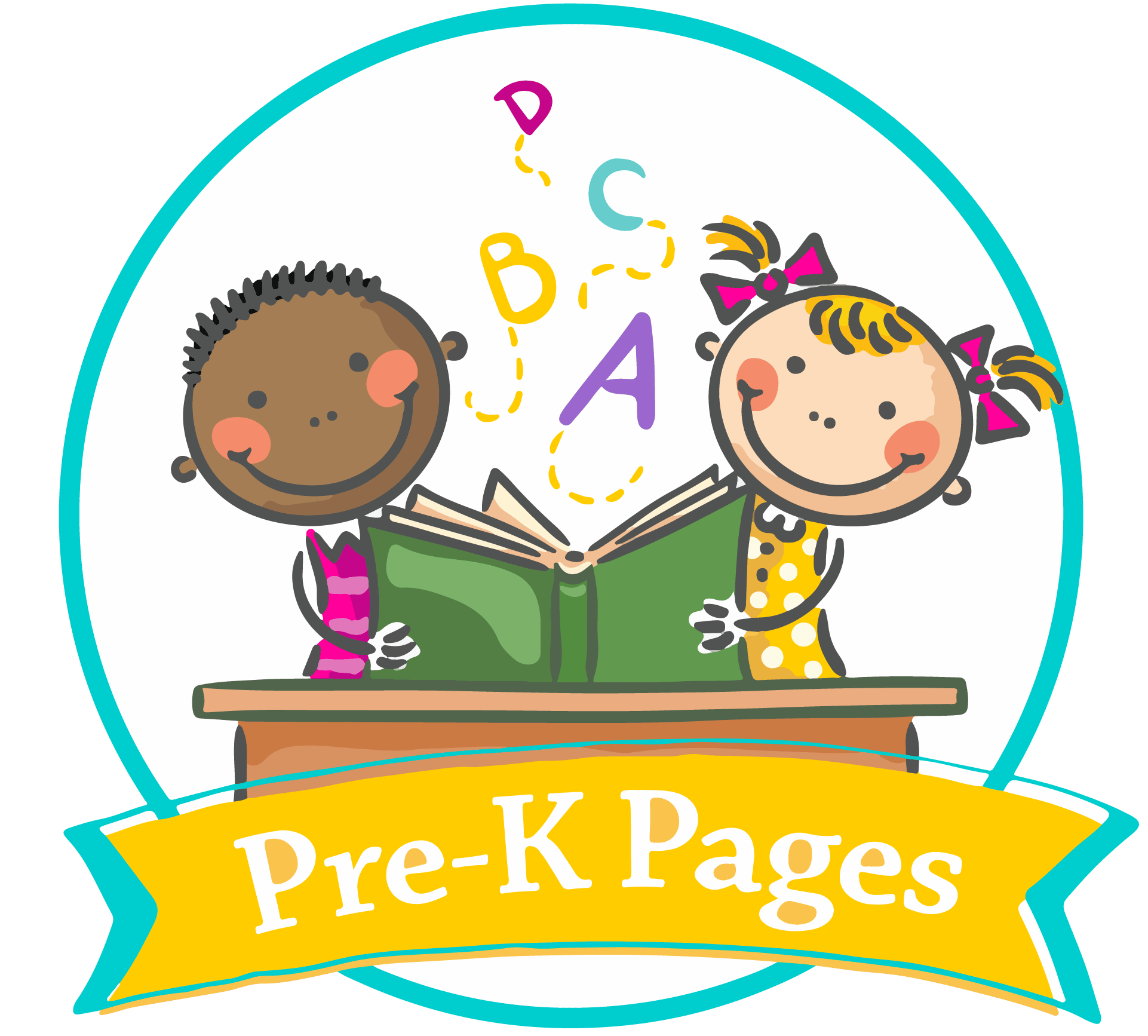
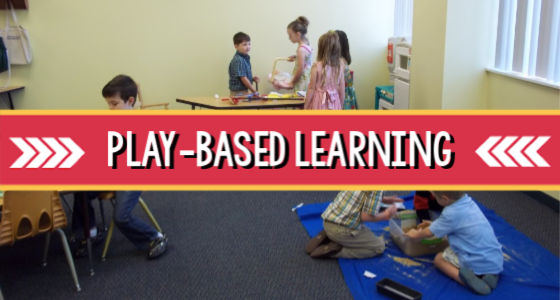


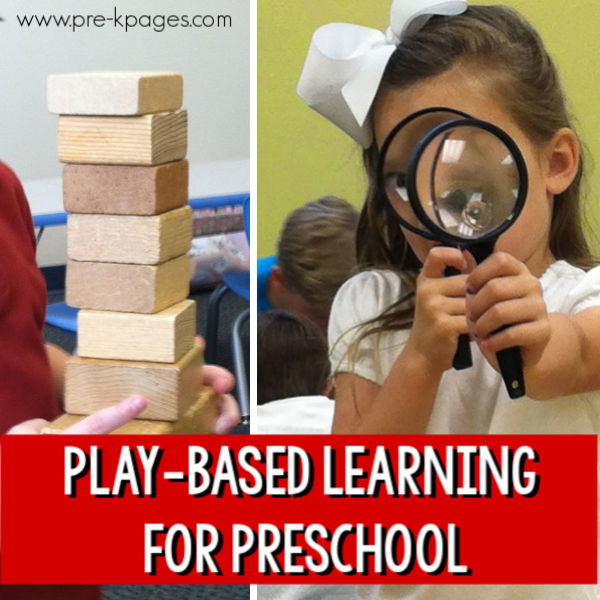

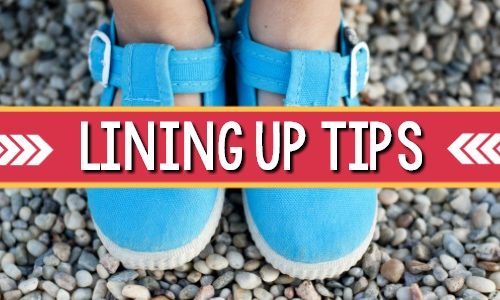
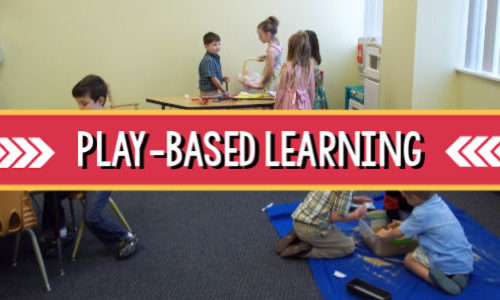
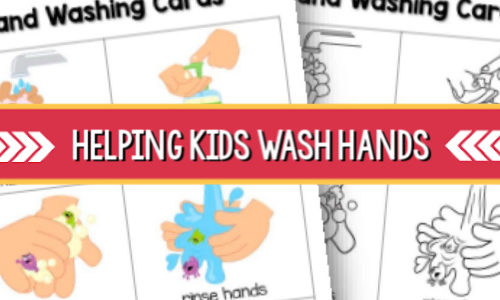
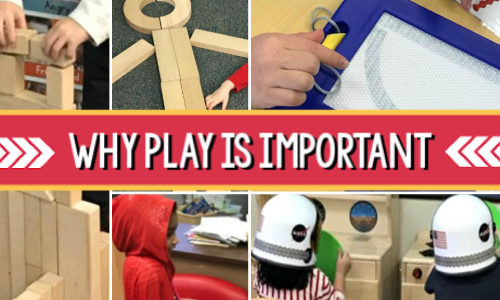
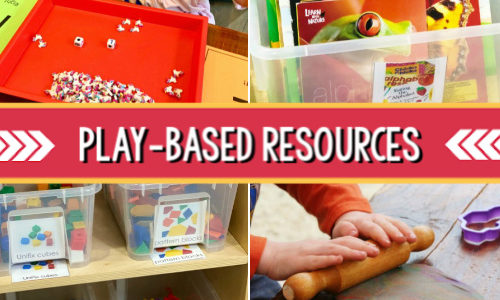
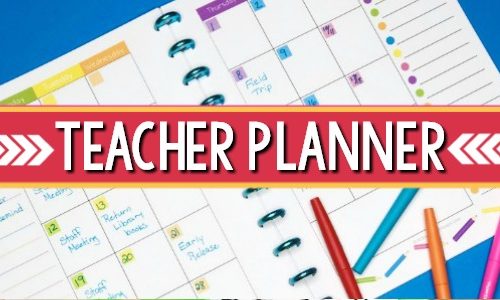
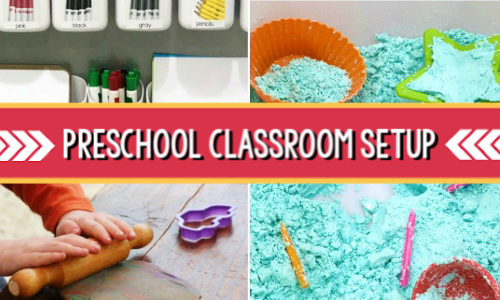
How can a center offer play based learning with the CDC guidelines in mind due to Covid? Same with how can be provide DAP in our classrooms with all these recommended guidelines on social distancing? Thank you for your input!
We’re in a holding pattern right now until the pandemic is over. We just have to do what we can until the time comes when things go back to normal. Have you watched my distance learning training?